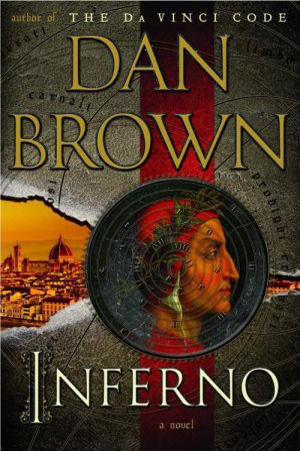This is an edited excerpt of what appeared in the ARC copy of the novel.

The Chocolate Maker’s Wife, a tale of tragedy, triumph and sensual delight in Restoration London, is my twelfth book. It’s also the fourth time I’ve used the same basic premise to explore humanity and history through fiction by focussing on women in trade. So many historical fictions are about the gentry and nobility and they’re fascinating. What captivates me even more is what ordinary folk – well educated or not, rich or poor – did to survive in business, sickness, health, love and loss. In previous novels, I’ve tackled a candle-maker-cum-courtesan, a brewer, a lock-pick/spy and due to a timely visit to Hampton Court in 2014, I’ve my latest book.
Not only was chocolate a decadent drink introduced to England from Europe – Spain (via South America) – around the 1660s, coinciding with the restoration of Charles II to the English throne and all that his reign heralded in terms of hedonism and decadence, but it was associated with a range of naughty behaviours and benefits. Touted for its health-giving properties, chocolate was also considered an aphrodisiac. While there were those who sought to ban it, there were many more who relished the wicked things it signified. Just like the new, bitter drink of coffee, entire “houses” were opened where men could gather and quaff, smoke and exchange news.

The new-fangled and troublesome (for king and court) profession of journalism was also burgeoning. The collision of new ideas, political protest and the ability to read what was happening as people’s literacy grew, spelled both dramatic change and disorder. Debates, gossip, plots, plans, arguments, gambling and all other manner of licentious conduct happened – and was encouraged – under the roof of the debauched, marvellous chocolate house.
As you can tell (because I could go on), I simply adore doing the research!
The Chocolate Maker’s Wife focusses on the first of these chocolate houses to open in London and with a woman at the helm. With great business acumen, young and lovely Rosamund – someone with a past both uplifting and utterly wretched – arrives in the capital. Rosamund makes a deal with the devil and learns all there is to know about chocolate, serving men who would both bed and wed her. Through chocolate and the people it brings into her orbit, her life undergoes an extraordinary transformation.

But one cannot serve “sin in a bowl” and expect their reputation to remain unsullied. Nor at a time when war is brewing, plots against the crown are thick, laws tightening, plague and then fire threatening, never mind lustful men and jealous women, can Rosamund expect to remain safe – especially when those plotting against her are the same who promise her security.
The Chocolate Maker’s Wife is filled with real historical figures, rich in historical detail and facts as well as a healthy dose of imagination and a great deal of luscious chocolate. I hope in reading it, like Rosamund, you’ll find damnation has never been so sweet.


 ory of how he got there or why. When strangers try to take his life and a beautiful and clever female doctor offers rescue and potentially some answers to the blanks his memory has become, Langdon jumps (literally) at the chance.
ory of how he got there or why. When strangers try to take his life and a beautiful and clever female doctor offers rescue and potentially some answers to the blanks his memory has become, Langdon jumps (literally) at the chance.


